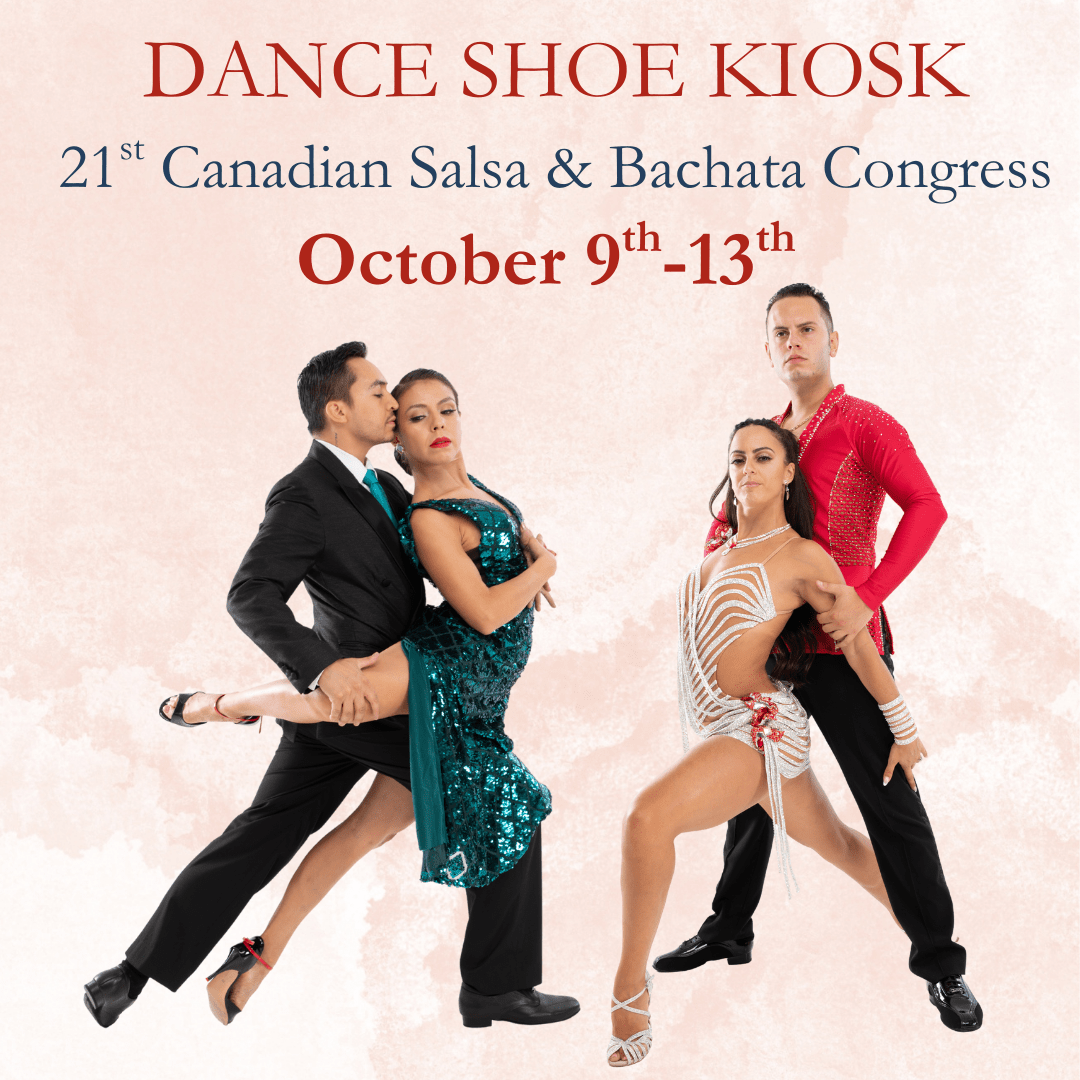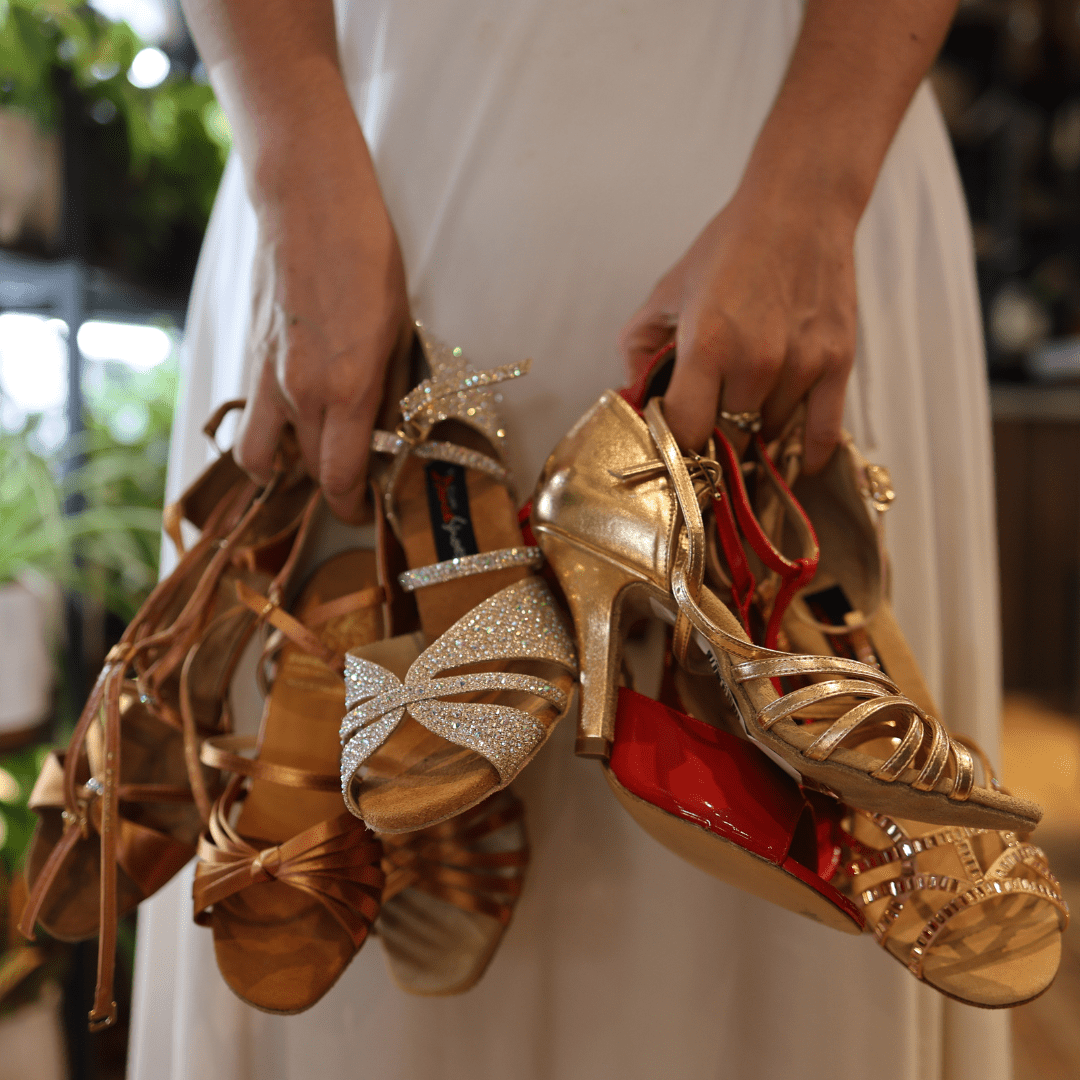The weather is hot and sultry, and the sun beats down on the courtyard of the tenement block. Guitars and the bandoneon form a melody staccato, legato. Dancers keep time, leg movements sharp and precise. Glances are heated. There is desire. There is a struggle, perhaps.
It is passion incarnate.
It is Tango.
Tango was born in the courtyards of Buenos Aires, not among the wealthy but among the poor. At the beginning of the 1800s the government of Argentina decided to seek workers from abroad, from Europe. Those hoping for a better life or the chance to earn some extra money came in droves, but they were not families – they were all men. And with a higher ratio of men to women, the chances of wooing a sweetheart required a little more effort. Dancing certainly helped. So in the tenement courtyards where the poor lived, someone might bring a guitar, another a bandoneon, and they would dance beneath bright sun or starlit sky.
With the influx of European immigrants came a new type of hold in dance: the partner hold, previously unknown. The only other dances at the time that featured a (scandalous!) two-person hold were the Viennese Waltz (1830s) and the Polka (1840s). Tango now made a third and also introduced the concept of improvisation in dance.
This is the Tango we know as Argentine Tango, and it contains African influence and rhythm as well as European influences. And it is only one of many styles. The ballroom version was only popularized in the early 20th century thanks to Rudolph Valentino’s “Four Horsemen of the Apocalypse” where he performed a version of Argentine Tango mixed with social dance steps of the time. Arthur Murray took this one step further and began to standardize the dance for his chain of schools, the result being the American Style Tango. International Tango developed in Europe slightly earlier, in England surprisingly, and is known as the official competitive style.
INTERNATIONAL TANGO, AMERICAN TANGO, AND ARGENTINE TANGO
There are many differences between these three variations, some obvious, some less so. The following is meant to be a brief summary...after all, you’ll learn all this (and more) when you begin dancing Tango (because why wouldn’t you?).
Posture & Connection
In both International and American styles, a wide frame is maintained with head and shoulders pulled back, head to the left of the partner. International style also features constant hip connection between partners and the closed-hold is maintained. American style also uses the hip connection, but openings are allowed which means that the point of connection.
Both these styles are in contrast to Argentine Tango, especially the Tango Milonguero, where the partners lean forward into each other, head to head, while maintaining space below. All this while remaining tall. The ladies eyes are usually directed at the man’s collar. The hold is also more of an embrace, as partners reach around each other’s shoulders.
International Tango
Walking & Floor Progression
Argentine Tango is a gliding dance, sensual dance. Strides are short and smooth, the movements intimate. Steps are taken ball-flat, the feet brushing between movements. This is in contrast to both American and International Tango where strides are long and sharp, with a heel lead.
American Tango (Professional open)
Movement Repertoire & Musicality
International and American share similarities in style, though in terms of a syllabus International has a more limited step set since the close-hold is maintained throughout. Both styles also have defined sequences of “quicks” and “slows”, with International Tango making more use of the “quicks”. In contrast, Argentine Tango offers greater possibility for improvisation as it does not follow a fixed rhythmic pattern – rather, the interpretation of the step depends on the rhythm of the music.
Argentine Tango
ARGENTINE TANGO VARIATIONS: MILONGA AND TANGO VALS
Even within Argentine Tango itself there are variations, Milonga and Tango Vals. Each has its own style of movement and music.
Milonga
The word “milonga” can refer to three things: a tango soirée, the music, and the dance itself.
The Milonga dance, our focus here, came out of Uruguay and Argentina. It grew out of a type of singing gathering known as “payada de contrapunto”: Argentinian gauchos would gather together and improvise on guitars, singing about any given subject and the next one to sing would offer a response in song. The word “milonga” comes from the African language Quimbunda and is the plural of “Mulonga”, which means “word” (Milonga History). The African slaves who attended these payadas did not understand the songs, so they started calling these gatherings “Milongas” – “many words” (Bedinghaus).
The Milonga style of Tango was influenced by many other cultural dances: Cuban Habanera, Mazurka, Polka, the Brazilian Macumba, and especially the Candombé, which forms the basis of the dance (and therefore Tango) and came from the Bantu region of Africa (Tango History).
In terms of style, Milonga is danced to a spritely 2/4 rhythm (Milonga Dance). Thus, the hold is a little tighter, the steps are more compact than Tango or Vals, and sharp. Steps are also less complex due to the fast, sharp nature of the dance. It is meant to be playful in nature, perhaps even humorous (Tango Space).
Milonga
Tango Vals
Tango Vals is much slower than Milonga and evolved out of the Viennese Waltz – but though it has the same timing in terms of music, how Vals is danced is much different from the Viennese. While the Viennese Waltz is danced on a regular 1-2-3 (a triplet), the beat of the Tango Vals becomes syncopated. The 1 will always be the strong beat, but the space between 1 and 2 or 2 and 3 may be shorter or longer, depending on which beat is syncopated.
The Vals is danced with softer knees than in Tango to achieve a greater fluidity, and movements tend to gravitate towards circular motions: the Vals makes great use of the ocho, giro, and calesita. As with the Milonga, the Vals does not lend itself to the long pauses of the Tango which makes the dance much more fluid. It’s meant to be a softer dance than the Tango.
Tango Vals
*******************************
Tango has a rich history and this is only the first step of the dance. Now it’s time to put on your shoes and salida.
See you on the floor.
******************************
For more information on the history of tango, visit www.history-of-tango.com.
See also:
Treva Bedinghaus. "What Is Milonga? Tango Style, Social Event and Music Genre." https://www.liveabout.com/what-is-a-milonga-1007415
Milonga Dance and Music. http://www.dancefacts.net/tango/milonga-dance/
Milonga History. http://www.verytangostore.com/tango-milonga.html
Tango Vals. "Starting to dance Vals and Milonga." http://tangoforge.com/vals-and-milonga/
Tango Space. "Tango, Vals, or Milonga?" https://www.tango-space.com/three-tango-rhythms-keys-dancing-tango-vals-milonga/
Tango Space. "Secrets of Tango Vals." https://www.tango-space.com/secrets-tango-vals-intense-yummy-dance/
***
Article updated on January 11, 2020.




